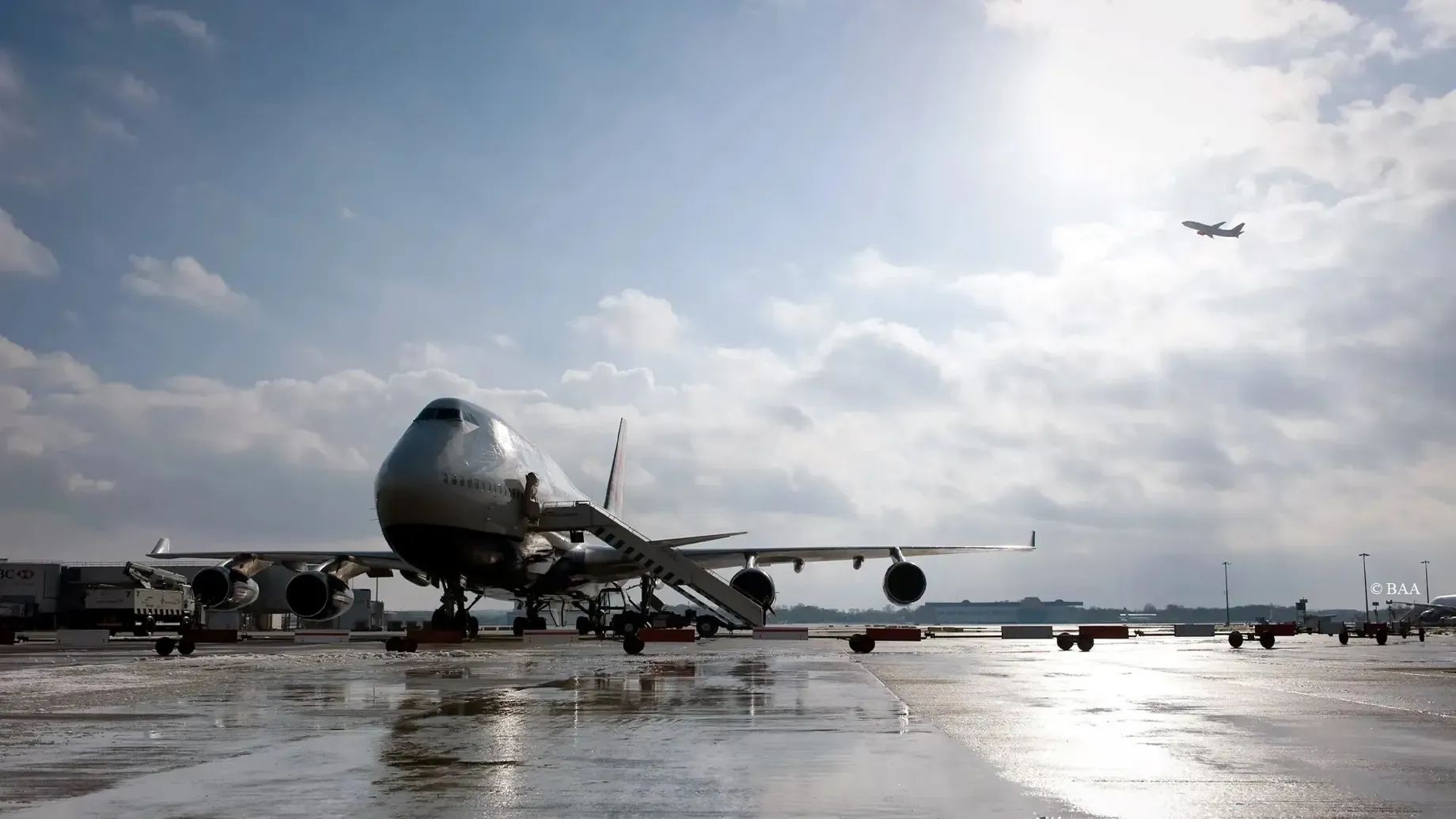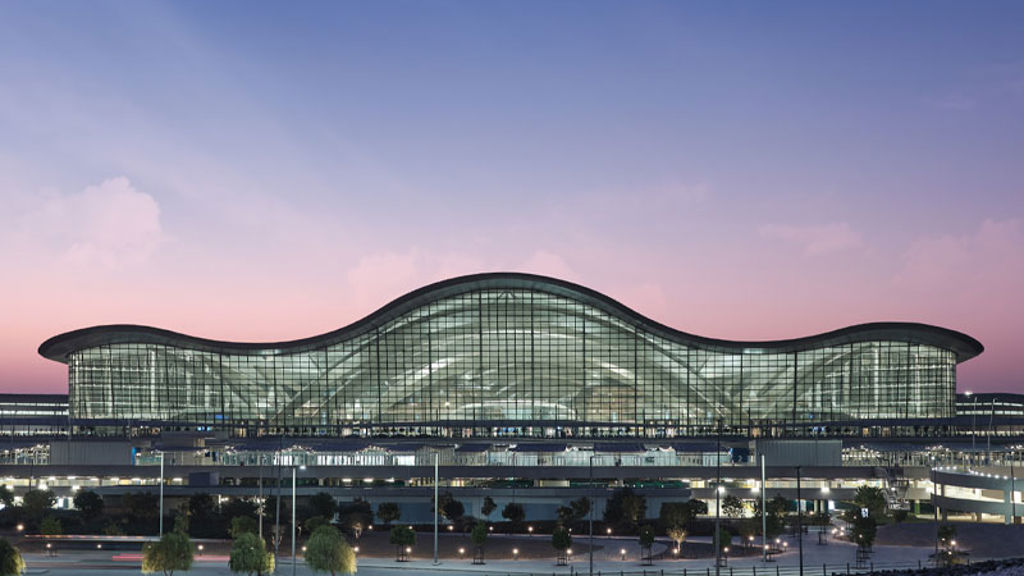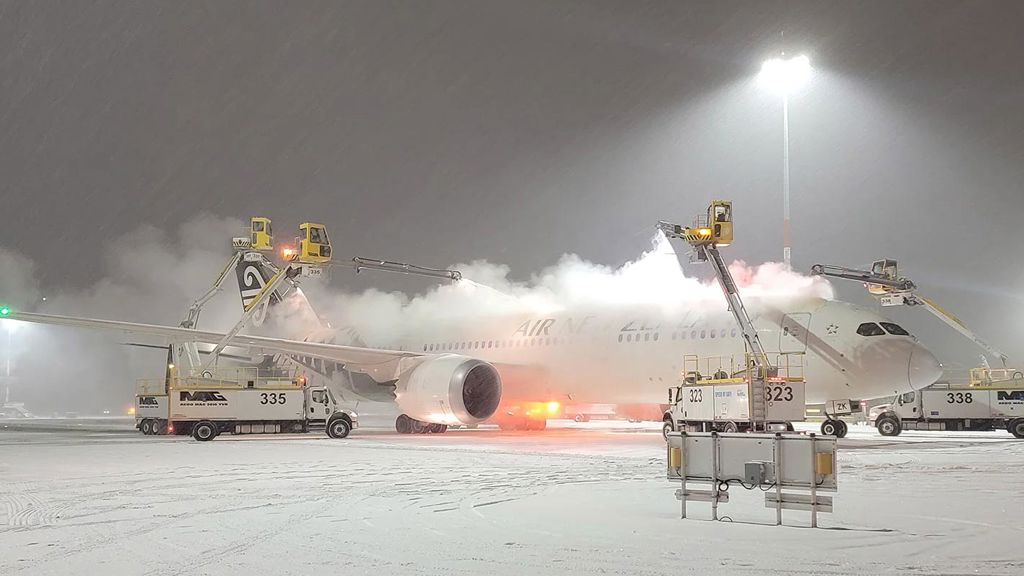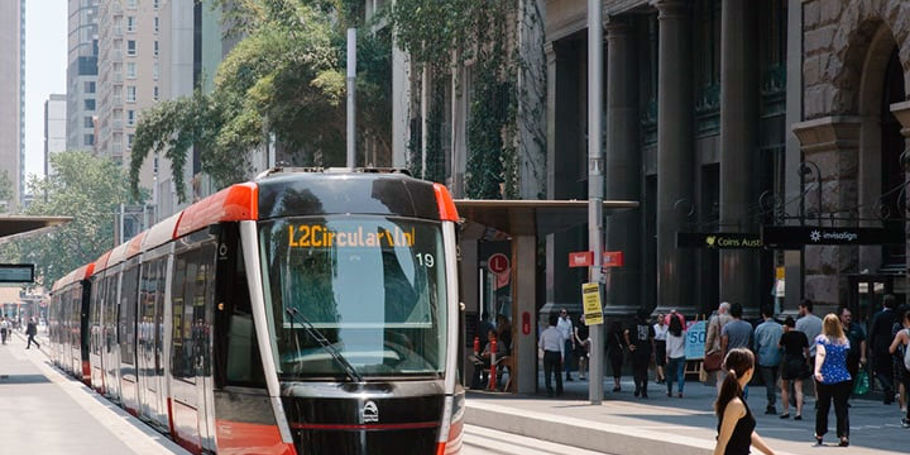Helping London Gatwick assess carbon emissions to drive sustainable aviation
Carbon emissions study for London Gatwick

London Gatwick's Sustainability-linked Bond (SLB) is designed to align financial strategies with sustainability goals, committing the airport to progress towards net zero. However, informed decisions on setting a target to reduce emissions require accurate and up-to-date data on carbon footprint, and a clear understanding of key influencing factors like operational efficiency, fleet mix and the uptake of sustainable aviation fuel (SAF).
Arup supported London Gatwick in calculating the carbon reduction opportunities to inform the targets of its SLB. Our study provided the airport with a detailed carbon model focused on emissions from aircraft landings and take-offs (LTO), operational efficiency measures and a bespoke data toolkit. In addition, it assessed the potential impact of using SAF, modelling different adoption scenarios.
This detailed overview allowed the airport to secure the bond, increasing its confidence to invest in the carbon reduction measures needed to meet its emissions target. The results were used to shape its Sustainability-Linked Financing Framework, which integrates the rules to align financial instruments and sustainability performance, demonstrating its commitment to address climate change.
Analysing emissions to optimise carbon reduction
As a critical component of an airport's overall carbon footprint, the LTO phase significantly contributes to greenhouse gas emissions (GHG) emissions. This phase includes aircraft operations on the ground and below 3,000 feet, such as approach, landing, taxi-in, taxi-out, take-off and climb-out. Each stage has its own set of emissions sources, including engine thrust, auxiliary power units (APUs) and ground support equipment (GSE).
Managing LTO emissions can play an essential role in reducing an airport’s carbon impact. With support from airlines and key stakeholders, actions to cut emissions in these operations can have a greater impact than other measures. Additionally, these actions enable carbon reductions outside of scope 1 and 2 commitments. Scope 1 emissions refer to direct emissions from boilers, vehicles or other ground equipment. In contrast, scope 2 are indirect emissions associated with the purchasing and consumption of electricity.
To help the airport achieve its objectives, we conducted a detailed analysis of the carbon emissions associated with each activity during the LTO phase. Our process began with identifying the primary sources of emissions and examining the factors that affect them at each stage. Collaborating closely with aviation consultancy ICF and London Gatwick was crucial for obtaining operational data, including tailpipe emissions – released by the aircraft during flight – and well-to-wake emissions – linked to producing and delivering fuel to the aircraft.
The work carried out by Arup has been highly valuable for supporting our ambitions to reduce emissions. We are grateful to the team for the hard work and technical expertise.
Mark Johnston
Chief Operating Officer, London Gatwick
Building a detailed carbon model to analyse emissions
Based on this data, we built a detailed carbon model to test various parameters and options to reduce LTO emissions. For instance, we examined the impact of using electric tugs or TaxiBots, which move aircraft on the ground without using their jet engines.
Building on these findings, we carried out a detailed analysis of emissions to identify areas where changes would have the greatest influence on reducing carbon. To understand their individual impact, we reviewed emissions from different sources, including APUs, engine testing and fire training grounds. We calibrated all figures with the airport’s 2019 LTO CO2e emissions data to understand accuracy and reliability. By assessing their contribution to total emissions, we were able to estimate the potential for reduction within each LTO stage.
Understanding the potential of adopting SAF
With SAF set to become an important player in reducing emissions, we assessed its potential impact on the airport’s carbon footprint. To complement existing data on ‘tank-to-wake’ emissions, we analysed ‘well-to-wake’ emissions. The former results from burning fuel during flight operations, while the latter refers to the total lifecycle emissions from production to combustion. Since SAF carbon savings occur during growth, cultivation, transportation, and processing, calculating ‘well-to-wake’ emissions was essential to estimate its full potential.
Given the rapid development of production and supply, there is a wide range of SAF type in the market. To provide a more accurate picture, our research considered a mix of 20 different varieties within three categories: Hydroprocessed Esters and Fatty Acids (HEFA) fuels, Fisher-Tropsch (FT) fuels, and Alcohol (Ethanol) to Jet (EtJ) fuels. HEFA fuels are produced from vegetable oils and animal fats, FT fuels come from municipal solid waste and solid biomass, and EtJ originate from waste industrial gases and solid biomass. Our results showed a significant impact; using SAF could lead to carbon savings of between 64% and 84% compared to conventional fuels.

Aircraft operations on the ground and below 3,000 feet are significantly contributors to an airport's GHG emissions. Image: ©BAA
Evaluating different SAF implementation scenarios
We modelled various scenarios for using SAF, including a central case scenario based on current data and trends, and a Jet Zero scenario aiming for net zero aviation emissions by 2050. We also considered the SAF commitments of each airline operating at the airport. Together, these insights allowed London Gatwick to understand the potential impact of adopting SAF and the most effective strategies to achieve it.
Using this data and gained insights, we developed a toolkit to test various emission reduction strategies. The toolkit integrates emissions data, operational efficiency measures and SAF adoption options, enabling us to combine scenarios and mitigation strategies and benchmark them against the airport's goals.
Harnessing data to drive informed decisions
The bespoke dataset of carbon emissions and the toolkit have equipped the airport with robust tools for making informed decisions about its future operations. Effectively communicating this data with the transparency of our calculations and dashboard format played a key role in helping London Gatwick understand the impact of these measures and the adoption of SAF on carbon emissions.
Guiding future planning, these insights have been integrated into its Sustainability-Linked Financing Framework. This document outlines how financial instruments can be aligned to sustainability goals. The results supported discussions with key stakeholders, showcasing the airport’s commitment to net zero. This, in turn, supported London Gatwick to secure its inaugural SLB in October 2024.
What we delivered
-
Detailed calculations of carbon emissions for each activity within the aircraft landing and take-off phase
-
Demonstrated that using sustainable aviation fuel (SAF) could lead to carbon savings of 64% to 84% compared to conventional fuels
-
Supported the airport’s sustainability-linked bond application with thorough findings
Get in touch with our team
Projects
Explore more aviation projects:

Redefining Japan’s future airport city
Narita Airport City, Japan

Transforming the travel experience at Zayed International Airport
Zayed International Airport Terminal A, United Arab Emirates

Crafting a New York–inspired atmosphere for passengers traveling through JFK’s global gateway to the world
JFK New Terminal One Art, Branding, and Digital Experience Program, United States of America

Helping Vancouver International Airport to prepare for unexpected weather
Vancouver International Airport After Action Review, Canada
Get in touch with us
If you'd like to speak to one of our transport experts about any of the issues raised on this page or a potential collaboration then please get in touch by completing the form.

